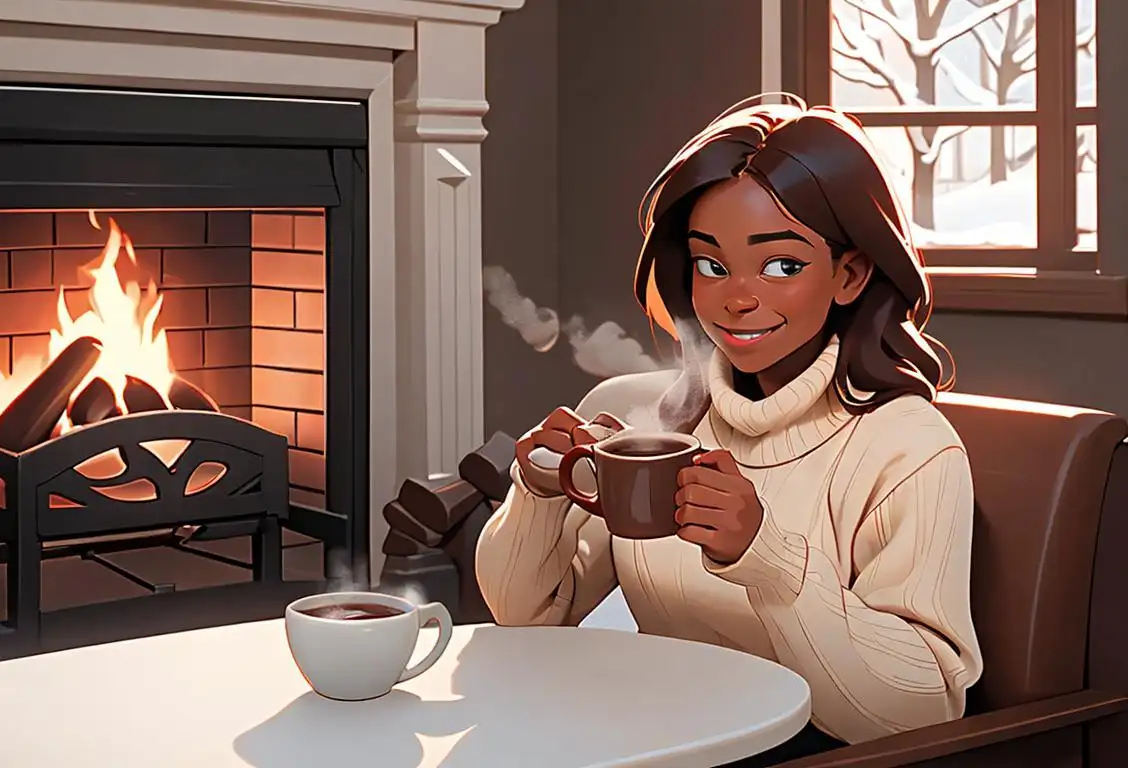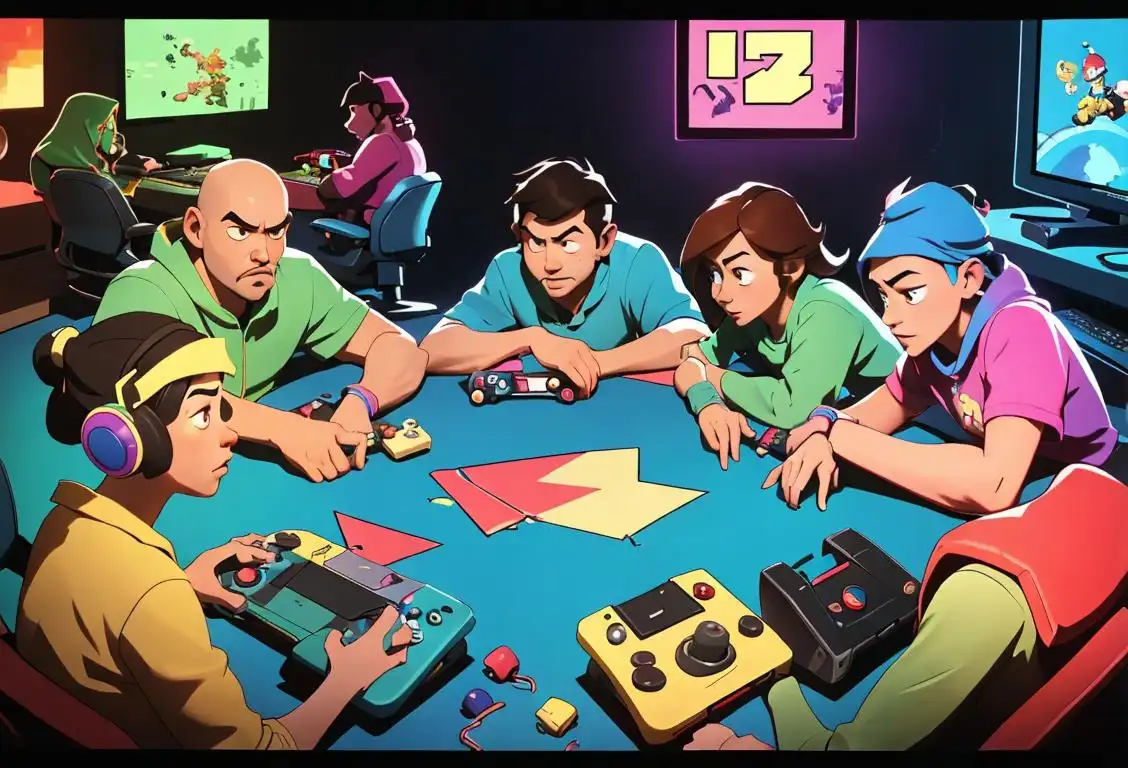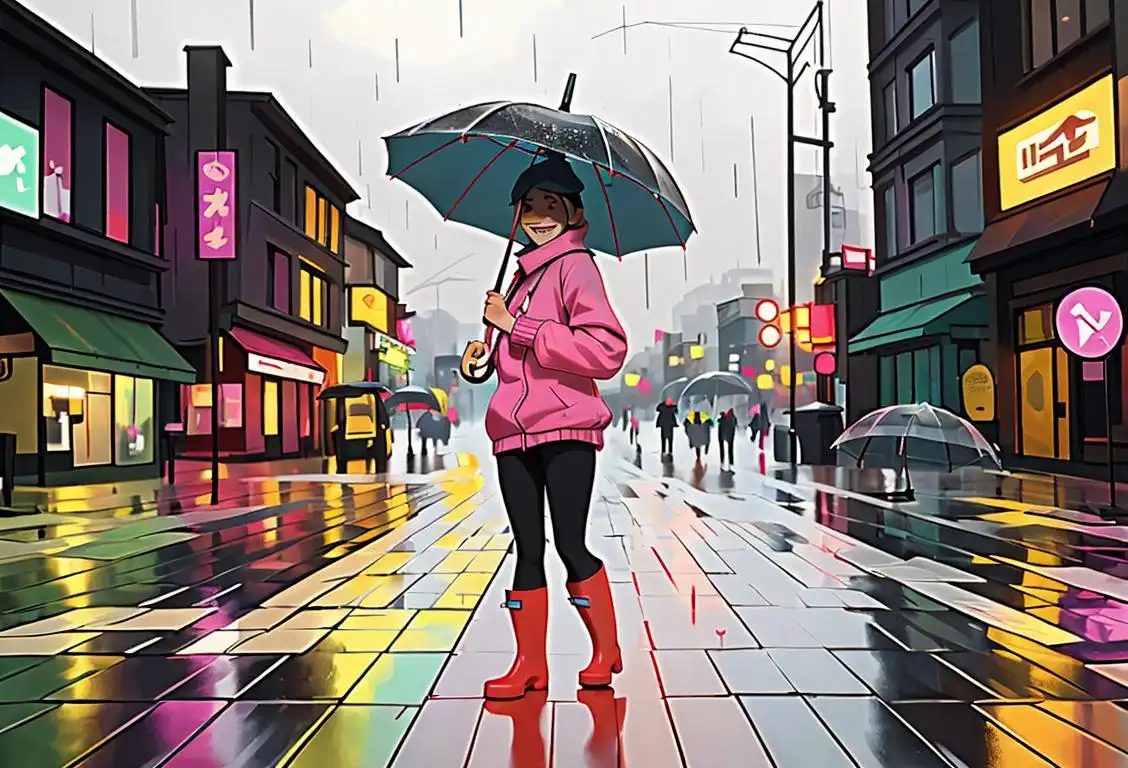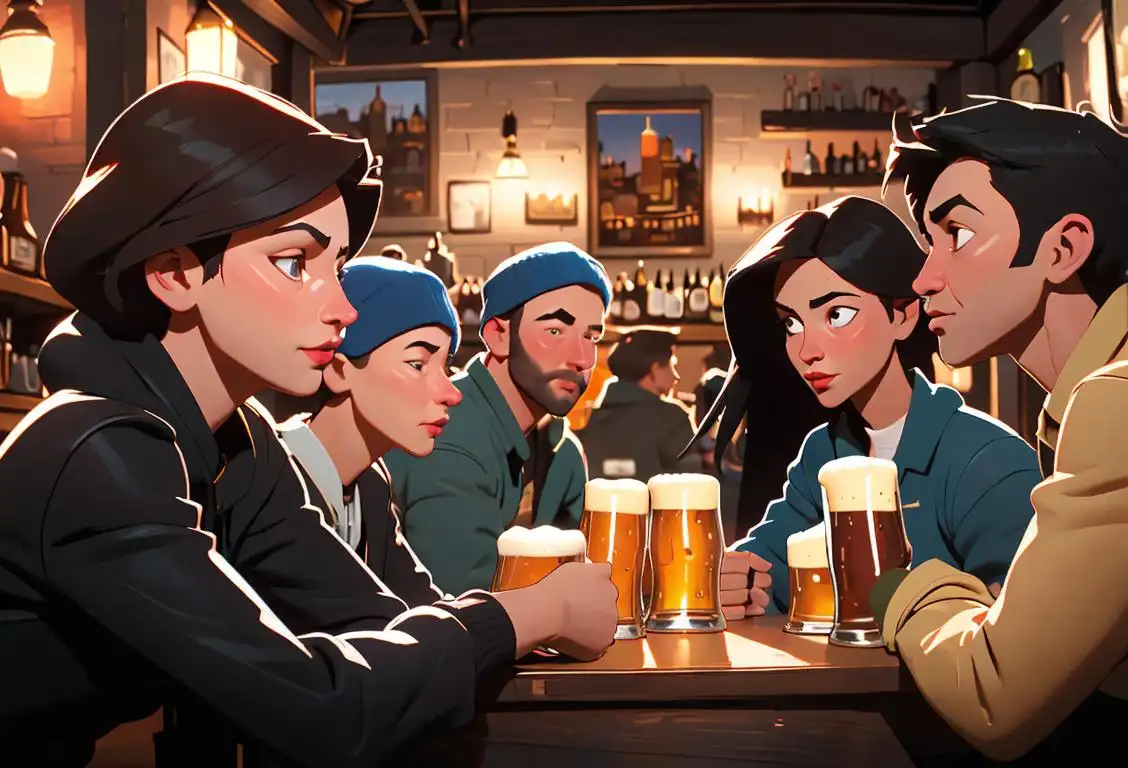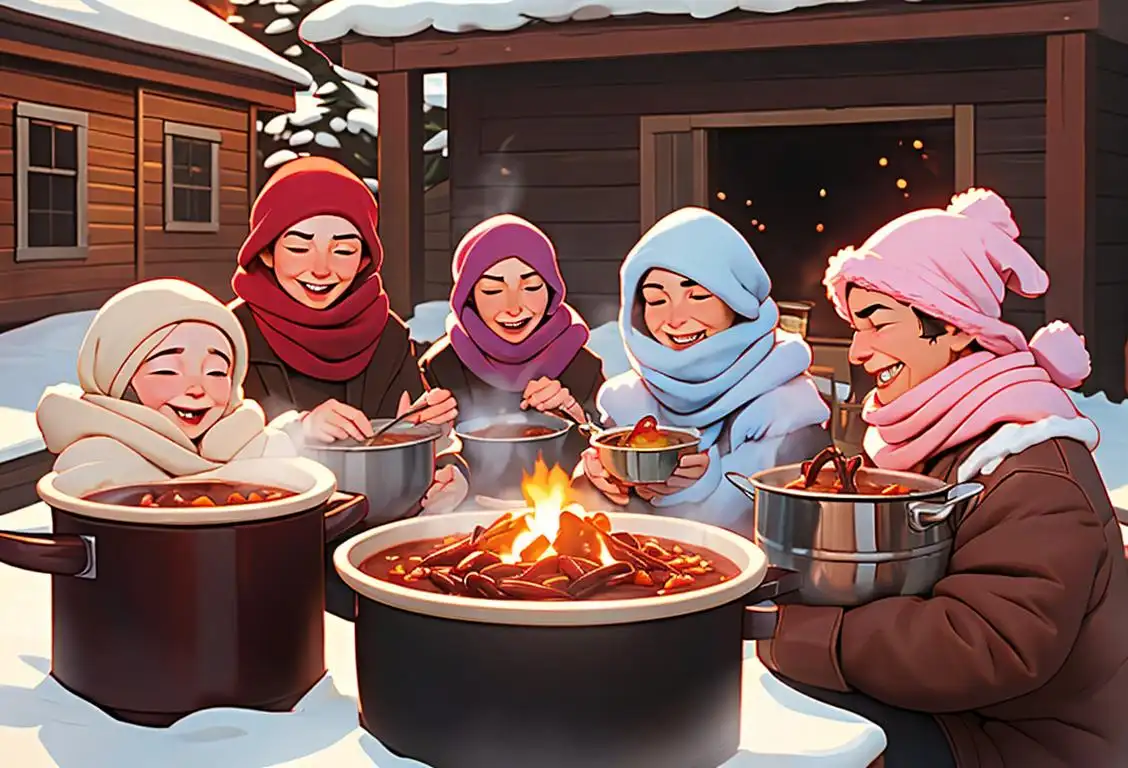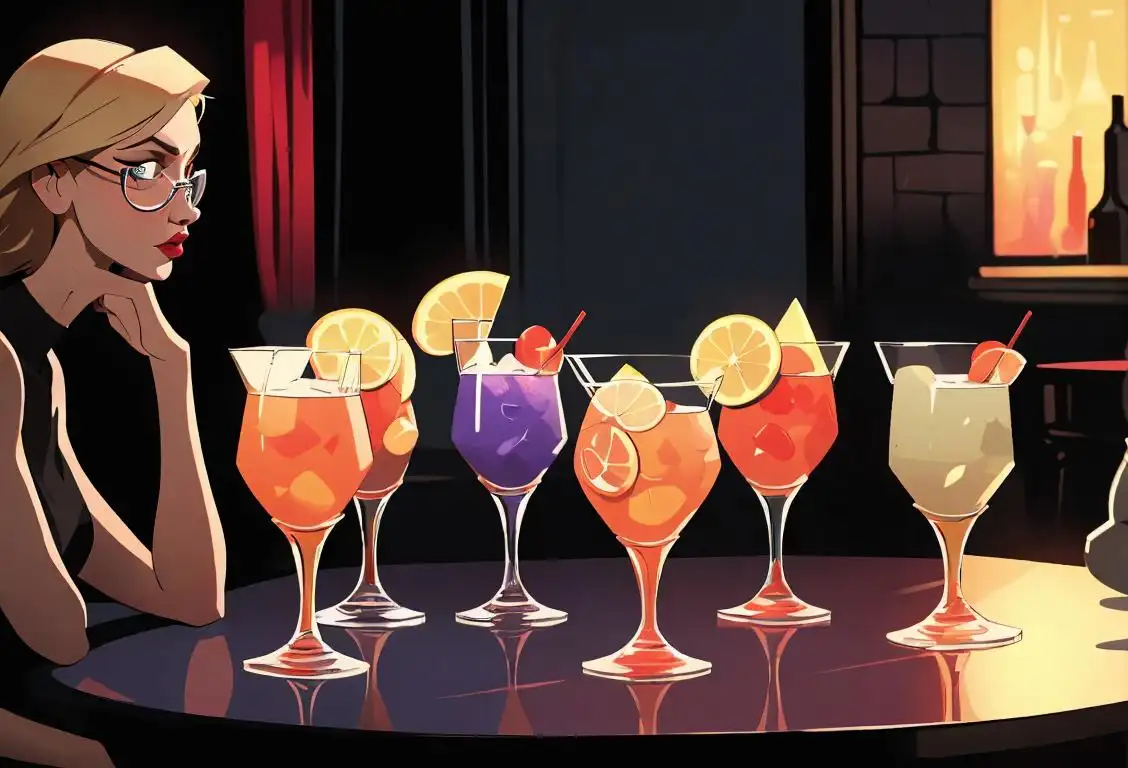National Cowboy Day
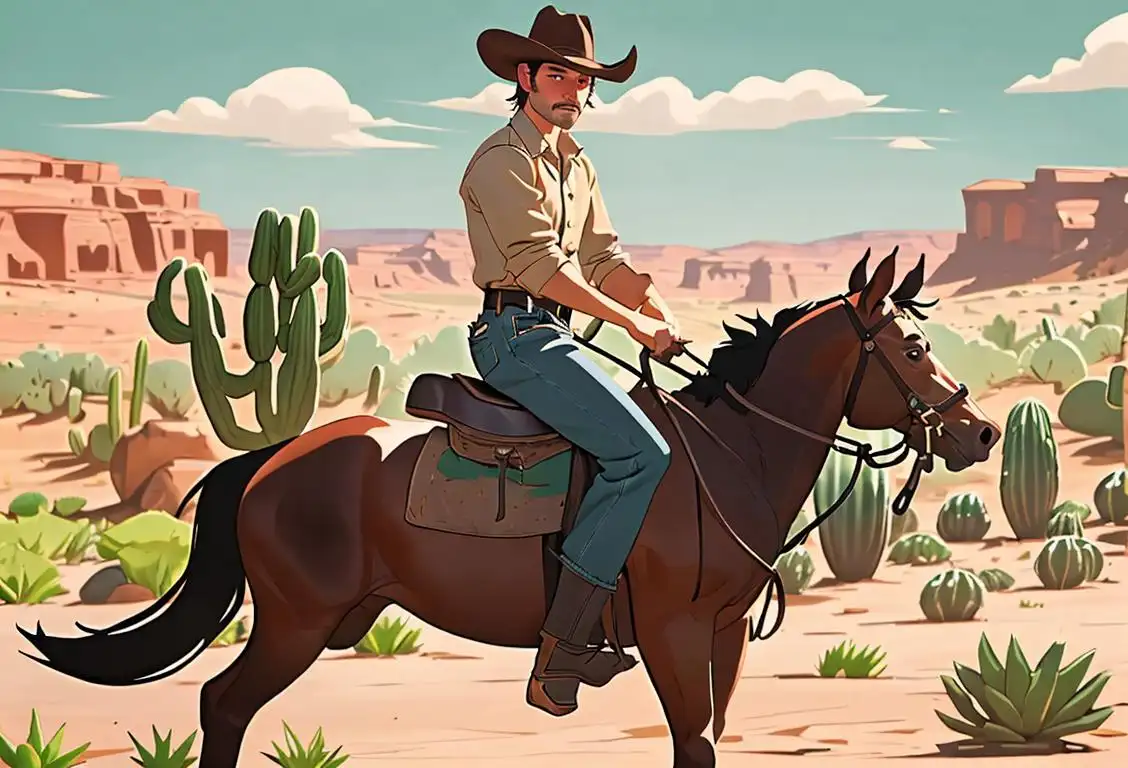
Ever get the urge to pull out your old cowboy boots, saddle, and cowboy hat? Well, howdy partner, strap on that six-gun and dig out that bandana because National Cowboy Day is riding into town! This day isn't just for the rough and tough cowfolks, it's for anyone who loves tumbleweeds, trail songs and the wild, wild West!
When is Cowboy Day?
It's national cowboy day on the 28th July.
A Gazette straight from the Wild West
With a history as rich as the golden nuggets found during the gold rush, National Cowboy Day can be an amazing journey back to the era of trailblazers and outlaws. On this day, i.e., the fourth Saturday in July each year, we detected a whopping total of 2918 mentions online showing that the spirit of the Wild West still lives on in today's digital age!
A Stampede of Joy on July 28, 2018
Interestingly, the highest spike in mentions that we discovered was on July 28, 2018. Maybe it was as hotter than a $2 pistol on that day or maybe folks were just really feeling the cowboy culture. The reasons surely seem as mysterious as a ghost town!
Giddy up, Cowboys and Cowgirls!
So how do people celebrate National Cowboy Day in the digital expanse of the World Wild Web? Social media becomes the new rodeo space where folks get into the spirit, sharing photos in chaps, spurs, and cowboy hats, as well as iconic cowboy quotes and verses, paying homage to this distinctive American culture. So saddle up and get ready to ride the dusty trails of yore, partner!
History behind the term 'Cowboy'
1803
Spanish Vaqueros Arrive in America
In 1803, Spanish vaqueros, who were skilled cattle herders on horseback, brought their ranching skills to the Americas. Vaqueros were highly regarded for their expertise in roping, branding, and handling cattle. This early influence laid the foundation for the American cowboy.
1866
The Rise of Texas Cowboys
After the Civil War, the cattle industry in the United States began to flourish. Massive herds of longhorn cattle roamed the open plains of Texas, and the demand for beef was on the rise. Texas cowboys, influenced by the vaqueros' techniques, developed their own distinct style of horsemanship and cattle handling.
1872
The Term 'Cowboy' Gains Popularity
The term 'cowboy' started gaining popularity in 1872. Originally, it was used to refer to the African American and Mexican cowhands who worked alongside white counterparts. Over time, the term became more widely used to describe all American cattle herders.
1883
The Cowboy in Popular Culture
The cowboy figure became a central character in Western literature and later in the burgeoning film industry. Authors like Zane Grey and Owen Wister wrote popular novels romanticizing the cowboy's life. Additionally, early silent movies featured rugged cowboys as heroes, further solidifying their cultural significance.
1900s
Legendary Cowboys and Rodeos
In the early 20th century, iconic cowboy figures emerged, such as Buffalo Bill Cody, Roy Rogers, and Gene Autry. These larger-than-life figures helped popularize the cowboy image worldwide. Rodeos also gained prominence during this time, showcasing the skills of cowboys in roping, riding, and bronco-busting.
1960s
Cowboy Revival and Cultural Impact
During the 1960s, there was a revival of interest in cowboys and Western culture. Western-themed television shows, such as 'Bonanza,' 'Gunsmoke,' and 'The Lone Ranger,' captured the imagination of audiences and perpetuated the idealized cowboy image. This fascination with cowboys continues to influence fashion, music, and popular culture.
Did you know?
Did you know the word 'Cowboy' was originally derogatory and used to describe cattle rustlers in Mexico? Over time it has become a symbol of honor and the adventurous spirit.Tagged
fun celebration history wild west cowboy cultureFirst identified
21st April 2015Most mentioned on
28th July 2018Total mentions
2918Other days
Cowboy Day
Hot Chocolate Day
Video Game Day
Umbrella Day
Bourbon Day
Martini Day
Beer Lovers Day
Chili Day
Vodka Day
Lasagna Day
